What Property Managers Should Know About Injury Liability
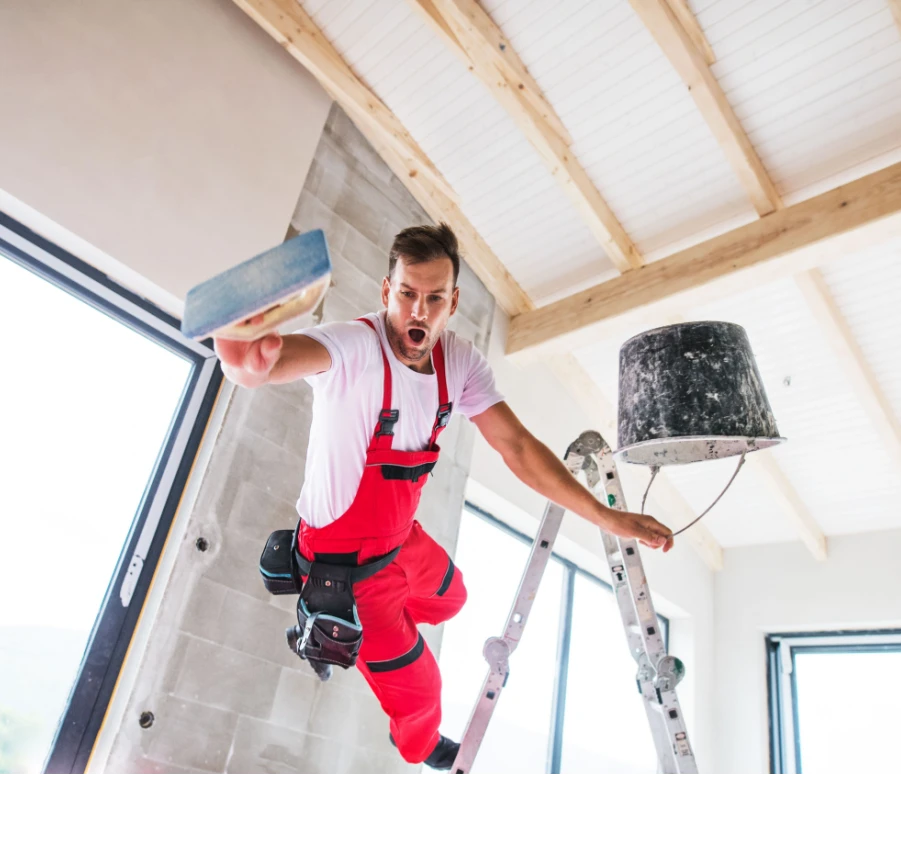
Costly Construction Mistakes
The High Cost of Overlooking Construction Safety
Renovations and capital projects can refresh an apartment community. New amenities, smarter layouts, and better curb appeal help with leasing and retention. When oversight slips, those same projects can trigger accidents that turn into lawsuits and insurance headaches.
A fall on a job site, a poorly marked hazard, or a contractor hurt while working near residents does more than stall progress. It can saddle a community with unexpected liability. In a business built on tight margins and trust, one preventable mistake can wipe out months of careful planning and hard work.
Where Construction Projects Go Wrong
Most managers have experienced at least one project that deviated from its intended course. Delays and resident complaints are annoying, but the real danger starts when weak planning or sloppy controls create unsafe conditions. That is when a project becomes a liability.
Common missteps include:
- Hiring the wrong contractors. Vendors without proper licensing, training, or insurance leave the property exposed when something goes wrong.
- Weak safety communication. Missing signage, poorly blocked-off areas, or unclear instructions for residents and staff turn active work zones into hazards.
- Blending residents with work zones. Allowing tenants near ladders, tools, or debris increases the risk of injury.
- Unchecked subcontractors. A reliable GC can still bring in subs who cut corners, which creates gaps in accountability.
Each mistake looks small in the moment. Taken together, these mistakes build risk into the project. When that risk turns into an injury, the costs reach far beyond the construction budget.
When Mistakes Turn Into Injuries
Construction has many moving parts. When oversight slips, routine work can cause serious harm. A wet floor left unmarked can cause a resident to slip and fall, potentially leading to a trip to the hospital. A poorly secured ladder can cause a worker to fall. Equipment left in a hallway can cause tripping hazards for tenants and guests.
The impact is immediate and expensive. Medical bills, compensation claims, and potential lawsuits can accumulate. Schedules slip, resident confidence fades, and insurance premiums may rise. If an incident occurs, speaking with a Chicago construction accident lawyer helps clarify how responsibility and next steps are handled among owners, managers, and contractors.
Who’s Liable When an Injury Happens?
Liability is rarely simple. It depends on who was hurt, how the incident occurred, and what the contracts and safety protocols say.
Owners often carry broad responsibility for what happens on site, even when contractors do the work. Property managers may share exposure when communication, access control, or daily oversight sits in their lane. Contractors and subs are responsible for the hazards they create, but poorly written scopes and weak supervision can blur those lines.
Insurance is rarely a cure-all. Coverage gaps, vague indemnity provisions, and disputes over negligence often leave questions unresolved. Managers can spend hours with adjusters and attorneys sorting issues that better planning could have prevented.
The lesson is straightforward. Liability is a shared risk. Strong vendor selection, clear scopes, and disciplined site controls protect the community and everyone working there.
Need Legal Help?
Chat with a real estate lawyer near you. It’s only $5 for a 1-week trial. Ask unlimited questions.
Legal Consequences for Property Managers
Once an injury occurs, the process moves fast. Claims spark lawsuits, insurance reviews, and contract scrutiny that pull managers into the middle. Even when the contractor appears to be at fault, vague agreements or weak documentation can shift liability back to the property.
Local rules matter. Chicago often turns on comparative negligence and the exact contract language in play. Union presence on larger projects can add complexity, since responsibilities may be spelled out in collective bargaining agreements.
In New York City, the Scaffold Law makes owners and GCs nearly strictly liable for gravity-related accidents, which drives up insurance and shrinks the room to debate negligence.
In Los Angeles, Cal/OSHA adds requirements on top of federal OSHA, including heat illness prevention plans and detailed training records.
Chicago sits between those models: lower exposure than New York’s scaffold-driven regime and tighter structure than Houston, where some employers opt out of workers’ compensation.
The takeaway is practical. Liability can vary by city, so managers should tailor contracts, documentation, and safety controls to the local rulebook.
Proactive Steps to Protect Your Community
The best defense against costly claims is prevention. Managers may not handle the tools, but they set the tone for safety on a project. Focused actions reduce risk and strengthen your position in the event of an incident.
- Screen contractors carefully. Look beyond price. Confirm licensing, insurance certificates, safety records, and the vetting process for subcontractors.
- Hold the line on compliance. Make sure teams follow safety standards, including those in OSHA’s construction guidelines. Use site visits, checklists, and photos to document conditions.
- Separate residents from work zones. Use barriers, clear signage, and consistent resident messages about restricted areas. Small lapses in access control create major exposure.
- Train your staff. Leasing and maintenance teams should be aware of which areas are closed and how to direct resident concerns during construction.
These steps take time up front. They repay that investment by shrinking the pool of risks that turn into injuries, claims, and friction with residents.
Turning Risk Into Prevention: Best Practices for Long-Term Success
One safe project is good. A system that produces safe projects every time is better. Build repeatable practices that carry across renovations and repairs.
Start with a standard contractor prequalification process. Maintain a central record of insurance, safety ratings, and references to avoid rebuilding due diligence for every bid. Use regular site audits to confirm that the safety language in your contracts shows up on the ground.
Clear communication with residents is just as important. Properties that post steady updates through signage, email, or portal alerts tend to see fewer complaints and less confusion. Pair those updates with access control to prevent the resident injury scenarios that often lead to claims.
Maintenance teams feel the strain when projects collide with daily operations. Reactive tickets spike, residents interrupt tasks in progress, and work areas compete for space. The perspective in the surprisingly frustrating life of a maintenance professional pinpoints where pressure builds, from interrupted tickets to rushed timelines and workspace conflicts.
Use those insights to set realistic scopes and sequencing and to coordinate contractors around peak demand. That approach reduces near misses, improves morale, and keeps schedules steady.
Protecting People and Protecting Your Bottom Line
Construction will always carry risk. Managers decide how much of that risk lands on their doorstep. Strong vendor selection, clear scopes, steady communication, and consistent controls close the gaps where injuries happen.
The cities may differ in their rules and enforcement, but the approach that works remains the same. Treat safety as part of daily operations, and you protect residents, staff, and the financial health of the community.
Source: Multifamily Insiders


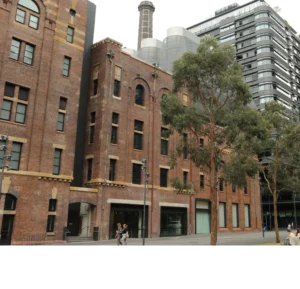
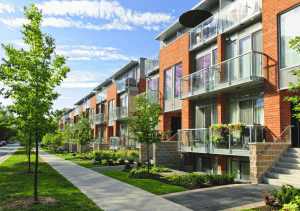
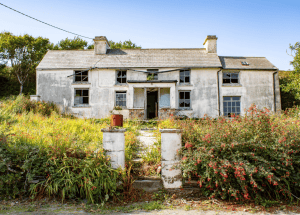


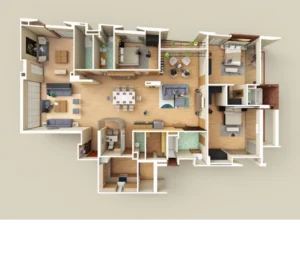





 Accessibility
Accessibility